I have a dataframe of reflectance data that I have melted to more easily use ggplot, here's the first few rows of the dataframe bronmelt:
variety wavelength reflectance
1 magnolia wavel.400 1.602868
2 carlos wavel.450 1.778760
3 scupper wavel.500 1.352016
4 magnolia wavel.600 5.969302
5 scupper wavel.900 1.491008
My problem is that when I call a simple plot:
ggplot(data=bronmelt, aes(x=wavelength, y=reflectance, color = variety)) + geom_point()
to plot the data, I can't get the x axis to be seen as a continuous variable.
How do I create a custom x axis from 400-900 that has tick marks every 20 points?
